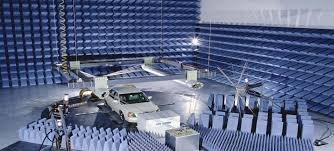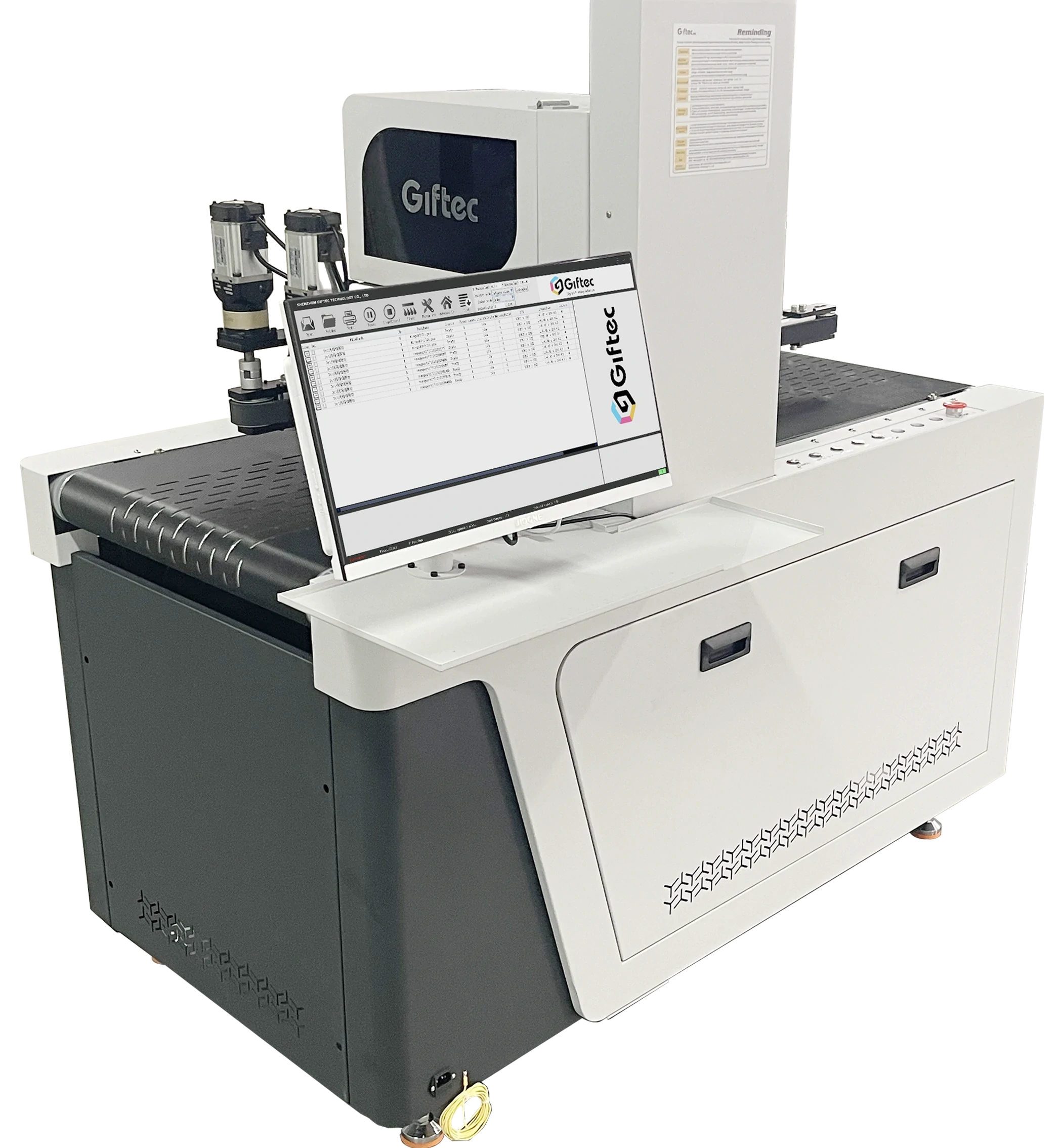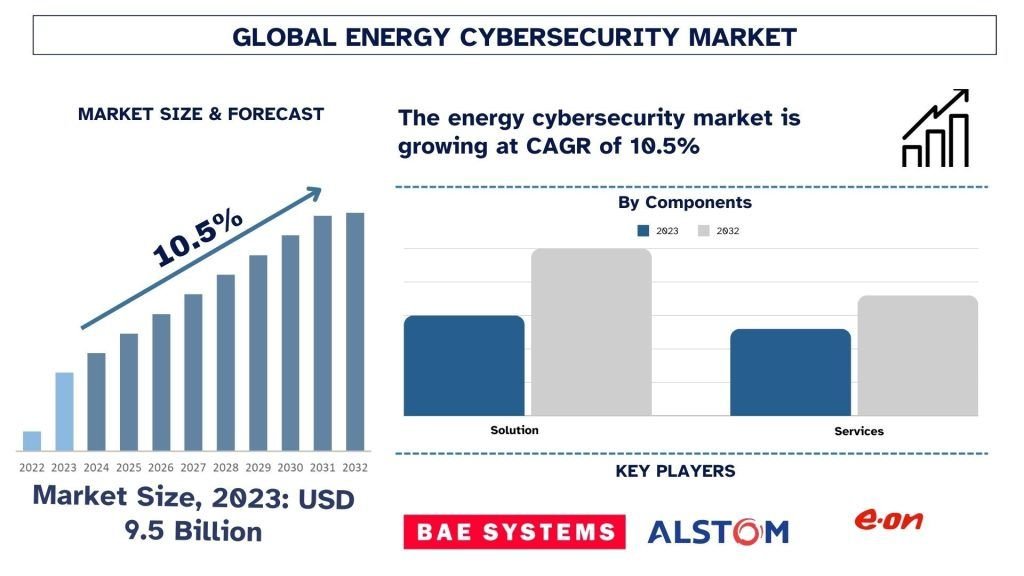As vehicles become more connected, autonomous, and electrically driven, Automotive EMC testing plays an increasingly vital role in the automotive industry. This testing ensures that a vehicle’s electronic components can function properly without causing or being affected by electromagnetic interference (EMI), which is critical for both safety and performance.
What is Automotive EMC Testing?
Automotive EMC testing involves evaluating the electromagnetic emissions from a vehicle and its components, and their immunity to external electromagnetic fields. These tests verify that all electronic systems — including infotainment, ADAS (Advanced Driver-Assistance Systems), EV charging systems, and engine control units — can operate without malfunctioning due to EMI.
Why is EMC Testing Important in the Automotive Industry?
- Safety: Failure of critical systems like brakes, airbags, or lane-keeping assist due to EMI can pose serious safety hazards.
- Reliability: Ensures that all systems perform consistently across varying electromagnetic environments.
- Regulatory Compliance: Compliance with global standards such as ISO 11452, CISPR 25, and UNECE Regulation 10 is mandatory for market approval.
- Consumer Trust: Demonstrates product quality and builds customer confidence in vehicle reliability.
Types of EMC Tests in Automotive
- Radiated Emissions: Measures electromagnetic radiation from components or systems.
- Conducted Emissions: Evaluates electrical noise conducted through wiring and connectors.
- Radiated Immunity: Assesses system performance under exposure to external electromagnetic fields.
- Conducted Immunity: Tests susceptibility to electrical disturbances on power and signal lines.
- Electrostatic Discharge (ESD): Ensures components withstand static electricity events.
- Transient Testing: Simulates sudden voltage changes, such as those caused by load switching or lightning strikes.
EMC Testing Environments
EMC tests are conducted in specialized environments such as:
- Anechoic chambers for radiated tests.
- Reverberation chambers to simulate real-world EMI conditions.
- Shielded rooms to isolate tests from external interference.
Automotive EMC Standards
Some key standards and regulations include:
- CISPR 25: Limits on radiated and conducted emissions.
- ISO 11452 series: Immunity testing methods.
- ISO 7637: Testing for electrical transients.
- UNECE R10: Type approval regulation for vehicle EMC compliance.
EMC Testing for Electric and Autonomous Vehicles
Electric vehicles (EVs) and autonomous driving systems add layers of complexity. High-voltage powertrains, battery management systems, and lidar/radar sensors are highly susceptible to EMI. EMC testing ensures that these advanced technologies can coexist without mutual interference, maintaining functionality and safety.
Choosing the Right EMC Testing Partner
When selecting a testing facility or lab, consider:
- Accreditation (e.g., ISO/IEC 17025).
- Experience with automotive OEM and Tier 1 standards.
- Availability of state-of-the-art testing environments.
- Rapid turnaround times and technical support.
Types of Automotive EMC Tests in Detail
1. Radiated Emissions Testing
- Measures how much electromagnetic noise a component or system emits into the environment.
- Tested in anechoic chambers using antennas and receivers.
2. Conducted Emissions Testing
- Evaluates the unwanted electrical signals conducted through cables or wiring harnesses.
- Important for high-voltage systems and infotainment equipment.
3. Radiated Immunity Testing
- Determines if a system can operate normally when exposed to strong external RF fields (e.g., mobile phones, radar).
4. Conducted Immunity Testing
- Checks the device’s tolerance to electrical disturbances entering through cables (power lines, control signals).
5. Electrostatic Discharge (ESD) Testing
- Simulates static electricity buildup from human touch or fabric to test a component’s robustness.
6. Transient Immunity Testing
- Uses simulated voltage spikes (from starter motors, alternators, or lightning) to verify a system’s stability.
Standards and Regulations for Automotive EMC
Global and regional regulations govern how automotive systems are tested for EMC:
- ISO 11452: Immunity testing for automotive electrical components.
- CISPR 25: Emission requirements for vehicles and components.
- ISO 7637: Transient testing on electrical lines.
- UN ECE Regulation 10: EMC approval required for vehicle type certification in Europe.
- SAE J1113 / J551: EMC procedures used in North America.
- OEM-Specific Standards: Many automakers (e.g., Ford, BMW, Toyota) have their own in-house EMC specifications that go beyond global standards.
Challenges of EMC in Electric and Autonomous Vehicles
1. Electric Vehicles (EVs)
- EVs generate high-frequency switching noise from power electronics (inverters, converters, chargers).
- EMC testing must ensure that this noise does not affect infotainment, GPS, or critical control systems.
2. Autonomous Driving Systems
- Sensors such as lidar, radar, and cameras require extremely clean electromagnetic environments.
- Vehicle-to-everything (V2X) communication modules are vulnerable to EMI and must be robustly tested for interoperability.
Advanced Testing Environments and Equipment
- Anechoic Chambers: Provide RF-isolated testing for radiated emissions and immunity.
- Reverberation Chambers: Useful for real-world testing of immunity to complex field patterns.
- GTEM Cells and TEM Cells: For quick, benchtop EMI testing in R&D environments.
- Shielded Enclosures: Help eliminate ambient noise during sensitive measurements.
- Bulk Current Injection (BCI) Testing: Simulates conducted RF interference by injecting noise directly into cables.
Incorporating EMC Early in the Design Process
To avoid costly redesigns and delays, EMC should be considered at the earliest stages of vehicle and component development:
- PCB Layout Design: Proper grounding, shielding, and trace routing.
- Cable Management: Separation of signal and power lines to reduce coupling.
- Shielding and Filtering: Use of ferrites, filters, and metal enclosures.
- Simulation Tools: Electromagnetic simulation software helps identify issues before physical testing.
Choosing an EMC Testing Partner
When outsourcing automotive EMC testing, look for labs that offer:
- ISO/IEC 17025 Accreditation
- Experienced EMC Engineers
- Automaker-Approved Facilities
- Capability for Both Component-Level and Vehicle-Level Testing
- Fast Turnaround Times and Detailed Reporting
Some top testing providers include TÜV SÜD, SGS, Intertek, DEKRA, and independent EMC specialists with automotive focus.
Final Thoughts
As the automotive industry races toward smarter, greener, and safer mobility, EMC testing remains a cornerstone of vehicle design and certification. It protects against the unseen yet highly disruptive effects of electromagnetic interference, ensuring every journey is safe, smooth, and reliable.












Leave a Reply